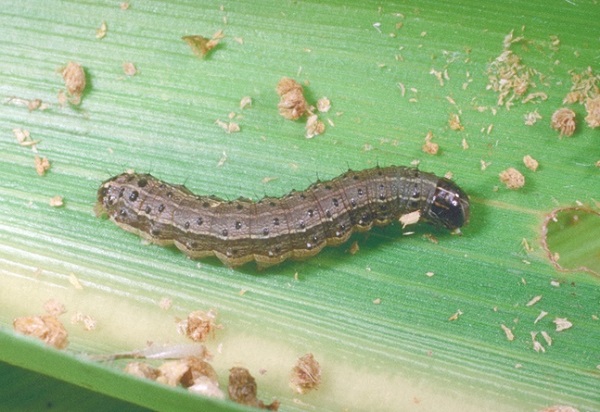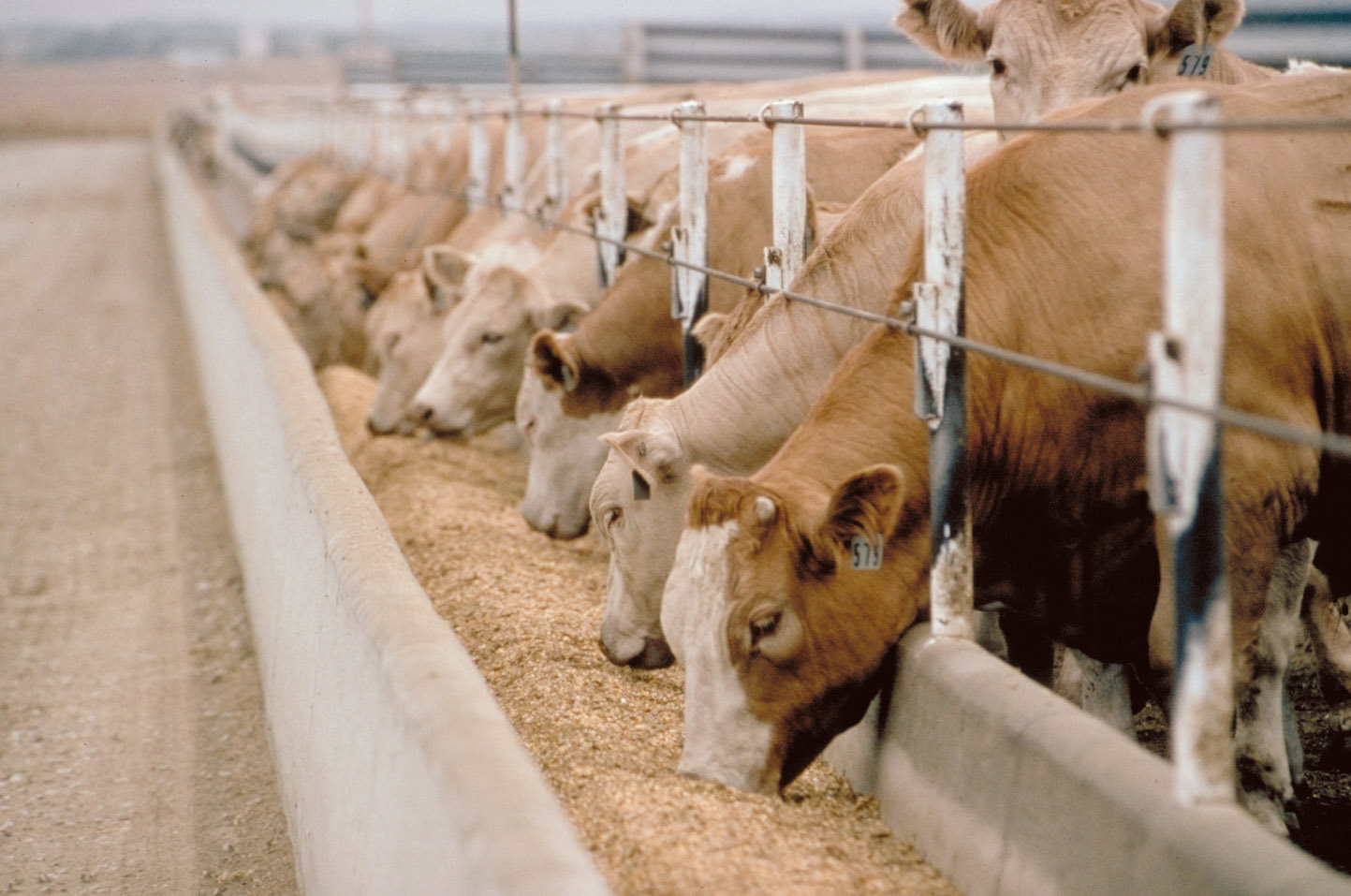Vet Dept targets 650k animals against FMD
The Department of Veterinary Services is set to vaccinate 650 000 animals against Foot and Mouth Disease (FMD) in areas adjacent to national parks, as part of Government’s efforts to curb the transmission of the disease.
FMD is a viral disease that affects cloven hoofed animals such as cattle, goats, sheep, pigs and antelopes.
The disease is transmitted to susceptible animals from wild buffaloes which are the reservoir of the virus in Southern Africa.
FMD is a notifiable disease of economic importance and all farmers who suspect that they have the disease at their farm are required by law to notify the Department of Veterinary services.
Department of Veterinary Services chief director, Dr Josphat Nyika yesterday said the Livestock Growth Plan which is part of the Agriculture and Food Systems Transformation Strategy outlines several strategies to curb the spread of the disease.
“A total of 650 000 animals in areas adjacent to national parks will be vaccinated against FMD twice every year in August and March to prevent transmission of FMD from buffalo to cattle,” he said.
“The initial plan is to erect a 230 kilometre electric FMD control fence around Gonarezhou National Park, which is the hottest FMD spot in the country. Of these, 60km have already been erected by ZimParks.
“Out of the remaining 170km, 70km have already been fenced and electrified. The programme will also target Hwange, Chizarira and Chirisa National Parks. The total perimeter to be fenced is about 1 600km at a total cost of US$32 million.
“The fencing programme will, in addition to controlling Foot and Mouth Disease and other animal diseases, also solve the human, animal and wildlife conflicts at the ecosystem interface.”
Communities living along the boundaries of the national parks have been consulted for their buy-in and cooperation to ensure acceptance and sustainability of the programme and the DVs will continue to engage.
“The Department of Veterinary Services will engage an FMD vaccination expert to carry out a detailed feasibility study on the establishment of the FMD vaccine production plant to guide the rollout,” said Dr Nyika.
Government will also facilitate zoning the country into infected zone, vaccination zones and FMD free (green) zones through hot iron branding and electronic ear tagging of cattle and fencing.
The green zones are the export off-take area.
“The electronic tag will contain the history of the animal, including its date of birth, parents, birth weight, diseases, treatments, and productivity parameters as well as identify the zone and farm of origin for the animal. The traceability will assure the consumer of the food safety,” said Dr Nyika.
“This is important to facilitate access to high value regional and international markets as the product is traceable from farm to fork. The tag will also aid animal movement control and help detect illegal movement and suspect stock theft cases at police roadblocks and veterinary checkpoints.”
When there is an outbreak of FMD, farmers should report immediately so that the responsible authorities institute control measures.
FMD is characterised by blisters and vesicles in the mouth and inter-digital space.
These will in turn rapture to form wounds in the mouth and feet respectively, hence the name Foot and Mouth Disease.
The presence of sores in the mouth and feet will cause the affected animals to salivate and limp. The animals become dull and stop eating and will have high fever, and calves may die from cardiac complications.-herld.co.zw











